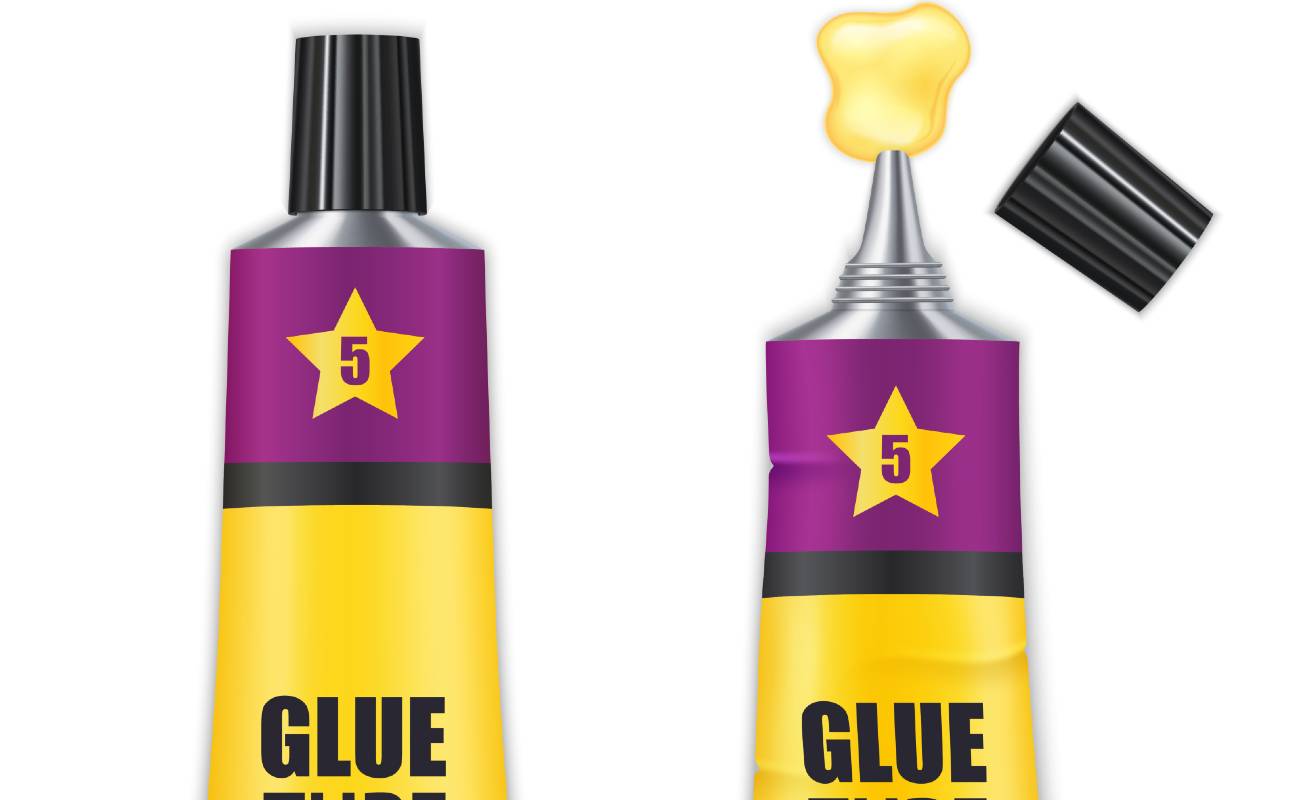Unveiling the Power of Moisture-Cured Reactive Hotmelts: A Breakthrough in Adhesive Technology
In recent years, moisture cured reactive hotmelts (MCRH) have gained significant attention in various industries due to their exceptional bonding properties, versatility, and environmental advantages. These advanced adhesives have revolutionized manufacturing processes, enabling the development of durable and high-performance products across multiple sectors. In this blog, we delve into the fascinating world of moisture cured reactive hotmelts, exploring their chemistry, applications, benefits, and best practices for optimal results.
Understanding the Chemistry behind Moisture Cured Reactive Hotmelts
Moisture cured reactive hotmelts are polymeric adhesives that cure upon exposure to moisture in the environment. The chemistry involves the reaction of moisture with specific functional groups within the adhesive, resulting in crosslinking and the formation of a strong bond. Isocyanate, silane, and epoxy-based systems are commonly used in MCRH formulations, each offering unique properties and benefits.
Versatile Applications
Moisture cured reactive hotmelts find applications in diverse industries, including automotive, construction, electronics, packaging, textiles, and more. Their ability to bond dissimilar substrates, such as plastics, metals, ceramics, and composites, makes them invaluable in assembly and manufacturing processes. MCRH adhesives are used for structural bonding, sealing, potting, encapsulation, and even as coatings for protection against environmental factors.
Advantages of Moisture Cured Reactive Hotmelts
Rapid curing: MCRH adhesives cure quickly upon exposure to moisture, reducing assembly line time and improving productivity.
Environmental friendliness: Many moisture cured reactive hotmelts are solvent-free, minimizing harmful emissions and complying with stricter environmental regulations.
Enhanced durability: The crosslinking reaction in MCRH adhesives imparts excellent resistance to heat, moisture, chemicals, and UV radiation, resulting in durable bonds and long-term performance.
Bonding versatility: MCRH adhesives exhibit strong adhesion to a wide range of substrates, including those with low surface energy, enabling bonding in challenging applications.
Wide temperature range: Moisture cured reactive hotmelts maintain their bond strength and flexibility across a broad temperature spectrum, from extreme cold to high heat.
Best Practices for Working with Moisture Cured Reactive Hotmelts
Surface preparation: Proper surface cleaning and activation are essential to achieve optimal bonding. Surfaces should be free from contaminants, oils, and other substances that may hinder adhesion.
Controlled humidity environment: Since moisture is essential for curing MCRH adhesives, maintaining a controlled humidity environment during application and curing is crucial. This can be achieved using specialized equipment or environmental controls.
Precise adhesive application: Apply the MCRH adhesive evenly and in the recommended amount to ensure uniform coverage and maximize bond strength.
Storage and handling: Moisture cured reactive hotmelts are sensitive to moisture, so it is important to store them in moisture-resistant containers and seal them tightly when not in use. Follow the manufacturer's guidelines for storage temperature and shelf life.
Safety precautions: Adhere to proper safety protocols, including wearing appropriate protective equipment and ensuring proper ventilation when working with MCRH adhesives.
Let's conclude: Moisture cured reactive hotmelts have revolutionized the adhesives industry, providing manufacturers with advanced bonding solutions that offer rapid curing, durability, versatility, and environmental benefits. Understanding the chemistry behind MCRH adhesives and following best practices for their application and handling are key to achieving optimal results. As technology continues to advance, moisture cured reactive hotmelts will play an increasingly vital role in enabling

